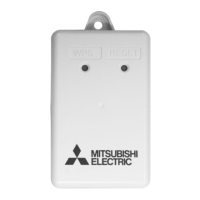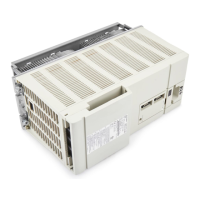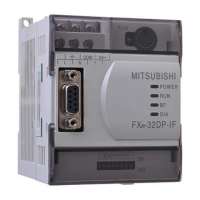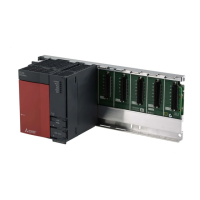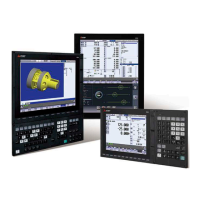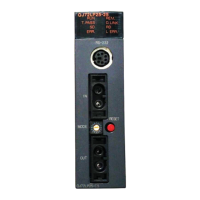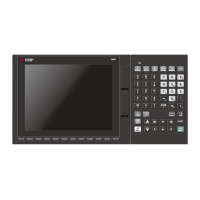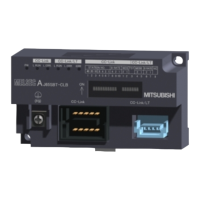2. CNC Monitor Screen
2.1 Setting and Display Unit Operation
I - 15
3) To consecutively set data, repeat (3) and (4).
4) The data No. can be changed by the following methods:
- Press [INPUT] key. (the No. increases one by one)
- Press [↓] key. (the No. increases one by one)
- Press [↑] key. (the No. decreases one by one)
- Move the cursor to the data No. setting area using [|←] or [→|] key, and change it directly.
(Note 1) Data in the setting area is only displayed on the screen and is not set in memory until the
[INPUT] key is pressed. If the screen is changed before the [INPUT] key is pressed, the data in
the setting area becomes invalid.
(2) Cursor control and operation examples
1) Data write into the display screen (by keying) is made at the position indicated by the cursor. When
the cursor is not displayed, keying is not effective.
This position enables keying.
Cursor
Data ( )
2) When any key is pressed, already displayed data is moved one column to the left and the data
corresponding to the key pressed at the cursor position is displayed.
DATA ( 1 2
)
When
#
3
is
pressed,
DATA ( 12 3
)
3) If a number of parentheses exist in the data setting area, pressing the [→] key when the cursor is in
the right end within parentheses causes the cursor to move to the right end within the next pair.
# ( ) DATA ( )
When the [→] key is pressed, the cursor is moved
to the right end within the next parentheses.
# ( ) DATA ( )
When the [|←] keys are pressed, the cursor
is moved to the preceding parentheses.
4) When the [DEL] key is pressed, the data at the cursor position is deleted. To cancel one character
entered by using any data key, etc., use the [DEL] key.
If you press [3] [3] by mistake,
# ( 12) DATA ( 1233
)
If you once press the [DEL] key,
# ( 12) DATA ( 12 3
)
If you again press the [DEL] key,
# ( 12) DATA ( 1 2
)
Each time the [DEL] key is pressed, one character of data at the cursor position is deleted and the
data to the left of the deleted character is moved one column to the right.

